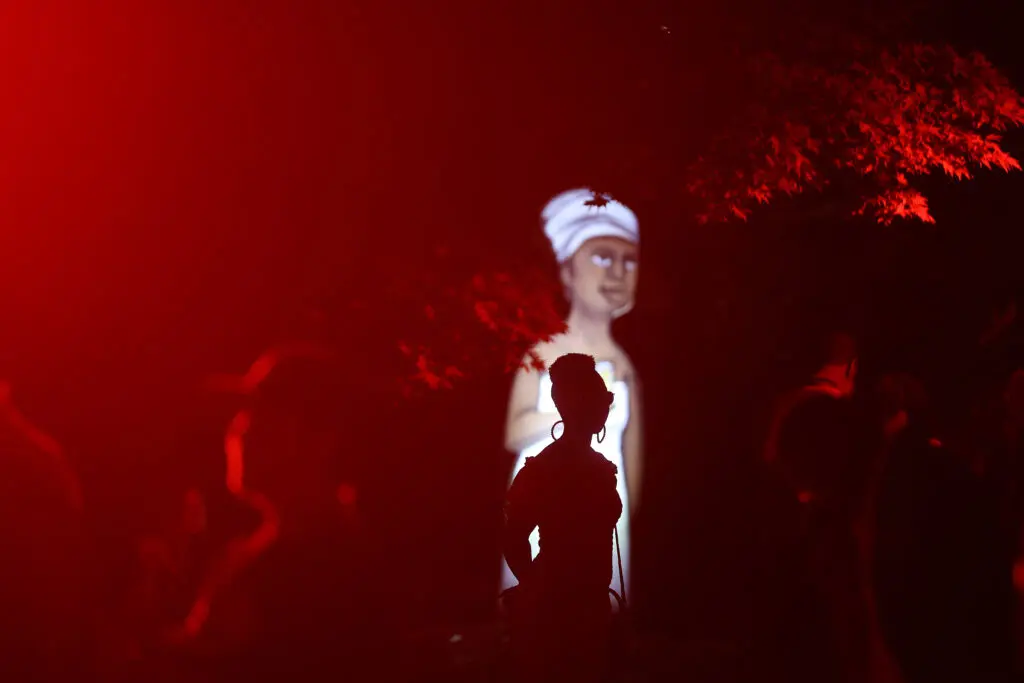Centering Black Lives in the Study of Human Remains

This contribution is part of the special forum Can Anthropology Be Decolonized? Read the introduction to the series here.
As a Black woman and biological anthropologist, I’m positioned as an “outsider within” the academic field of anthropology. This position compels me to think seriously about how anthropologists might decolonize our field and contend with its difficult past. Those of us who study history often insist that we must understand our past to deal with contemporary challenges and plan for the future. But are we effecting change with our work, or reproducing the same power dynamics?
I specialize in bioarchaeology, or the study of human remains from archaeological contexts, to research African American history and the concept of race. Early biological anthropologists worked to categorize humans, using science to rationalize the unjust treatment of certain racialized groups. These studies relied upon the bodies of both the living and the dead to emphasize differences in traits such as skin color, hair length and texture, and cranial form. In the United States, BIPOC bodies were of particular interest, resulting in collections made of our various parts, including bones.
I work with such collections. My dissertation project focused on the lives and deaths of some 79 Black women who died in Progressive Era New York City and whose skeletal remains are currently housed by the Smithsonian. But I have come to question whether my research continues to inflict violence upon the very people I hope to liberate. While skeletal remains can be used to illuminate the Black past in unique ways, does my work reinforce the notion that our bodies are objects suitable for study and normalize Black death?
The summer of 2020 nearly pushed me to my breaking point as I witnessed Black people disproportionately suffering the effects of the COVID-19 pandemic along with ever constant police brutality. As a graduate student, I was fortunate to have already finished my data collection and secured funding for dissertation completion. My job was simply to write. But how was I to analyze and write about Black women who died over a century ago while I was surrounded by the pain of my living community?
Gender studies scholar Katherine McKittrick recently called for researchers to stop accepting Black death and degradation as legitimate scholarly findings. McKittrick challenges us to ask questions about Black life and imagine the Black body outside of violation while still acknowledging how scientific racism has shaped our ideas of Blackness.
But how do I, as a bioarchaeologist whose work is dependent upon dead bodies, rise to this occasion?
I turn to the creative works of Black women.
Viewing the art of Adrian Piper and reading poetry and essays by Claudia Rankine has encouraged me to rethink the research I do, and to ask new questions about the experience of Black life. I’ve moved beyond skeletal remains to consider the everyday lives of the women I study, the spaces they moved through, and who they interacted with. I likely share some similar experiences and emotions with them based on our common intersections.
Most often, my research uncovers experiences related to incarceration, illness, and death. But every time I locate a census record, court transcript, or death certificate, I am able to reveal how for so long our society has perpetuated a cycle that normalizes premature Black death.
When that happens, I think about the benefits of slow science. According to philosopher Isabelle Stengers, slow science is about paying attention to the quality of research and its relevance for today’s issues.
If anthropologists genuinely want to decolonize the field, they must slow down and truly consider what cultural narratives their research supports or challenges. An effort must also be made to diversify the field and to engage with the contributions of people of color, whether or not they are seen to be what is traditionally considered “scholarly.”
If such steps are taken, I believe anthropology can survive and thrive in the 21st century.

































